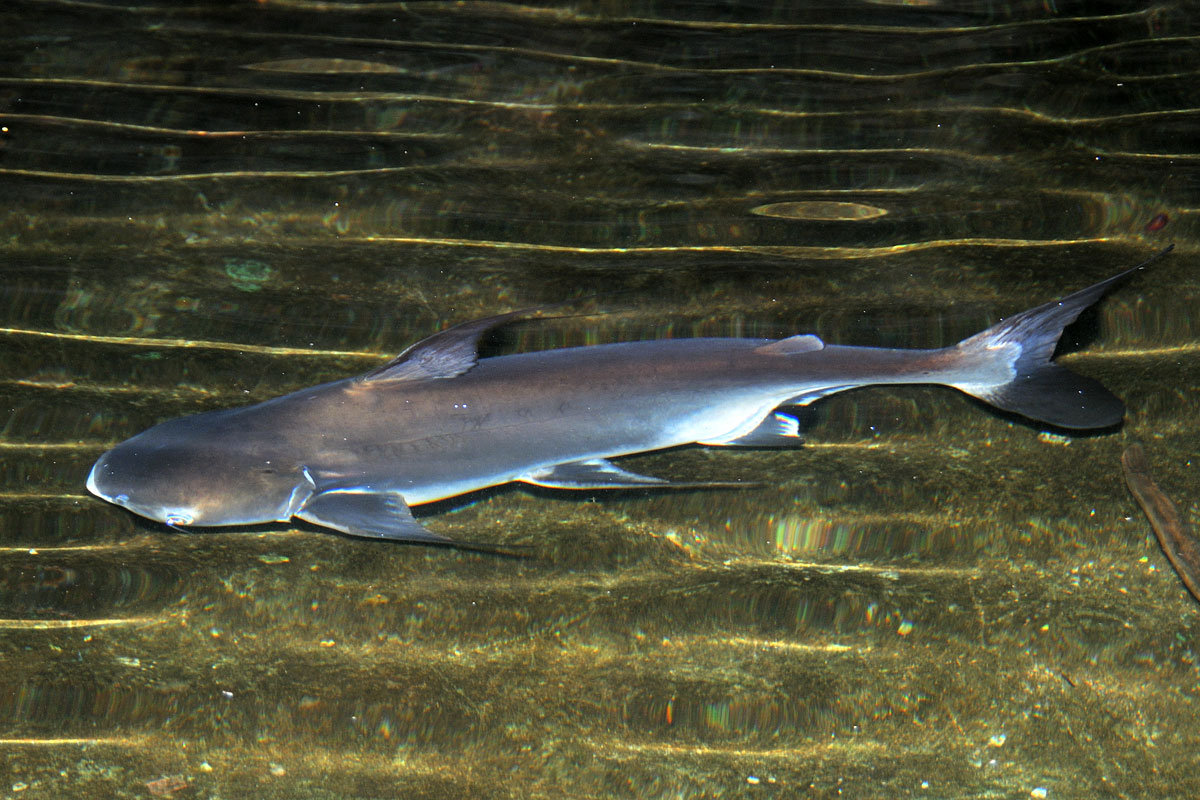Alerts
Please be advised that our bird aviaries are open!
Your Toronto Zoo is committed to the health and safety of the animals in our care. We take proactive steps to protect our birds from Avian Influenza which has been confirmed in a wild bird in southern Ontario, and some birds may still be off display.
Please note Splash Island is still closed and will not open until July due to unforeseen delays in construction. Please watch for updates on https://www.torontozoo.com/tz/splash or on our social media pages. Thank you!
Please note the following animals are currently not on display due to various reasons including Avian Bird Flu, and Covid-19 sensitivity:
- Flamingo, peacock, owl, bald eagle, and aviaries
- Some Kids Zoo Animals
- Cougar
- Moose
- Kangaroo walk through (kangaroos are still visible)
- Axolotl
We apologize for the inconvenience!


Fish
Location at the Zoo:
Indo-Malaya
Region: Southeast Asia
Siamese catfish
Length up to 100 cm or more. The elongated dark grey body resembles that of a shark. It has large eyes, a small mouth and the tail is deeply forked. The back is darker than the main body colour. A slender, horizontal, white stripe extends from the base of the tail to the gill cover. The fins are light grey to transparent. Males are more slender and have darker striping than the females.Conservation Status: IUCN
